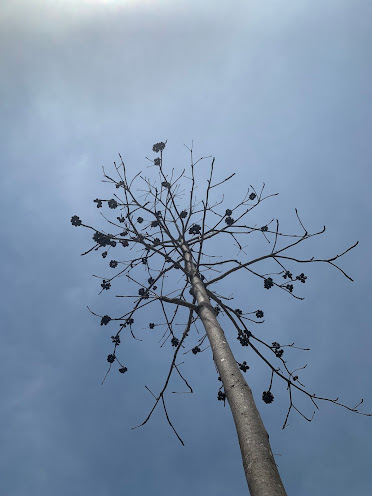Before mindfulness, before understanding, there was just pain.
Not physical pain — but the quiet suffering of wanting things to be different.
I remember reading the Four Noble Truths for the first time. At first, I didn’t understand them. Why would life be suffering? Isn’t life supposed to be joyful — filled with birthdays, weddings, achievements?
“We celebrate life’s beginnings, yet few ask why we suffer along the way.”
But the more I looked at my own experiences, the more it made sense.
We suffer not just because life is hard, but because we resist what is happening. We believe that we — or the world — should be some other way.
We chase happiness, success, love, approval — and when we don’t get them, we feel something is wrong.
But the truth is, things are always changing. Nothing stays the same. And when we hold on, we hurt.
That was the first noble truth: There is suffering.
Not as a punishment. Not as a flaw. But as a reality.
And that changed how I saw my past, my fears, and even the pain in others.
I began to notice how much I clung to expectations — of myself, of others, of life.
But the more I looked, the more I saw: suffering isn’t personal. It’s human.
It connects us, humbles us, wakes us up.
And just recognizing that truth — without running, without fixing — brought a strange kind of peace.
A painful, beautiful, necessary peace.







